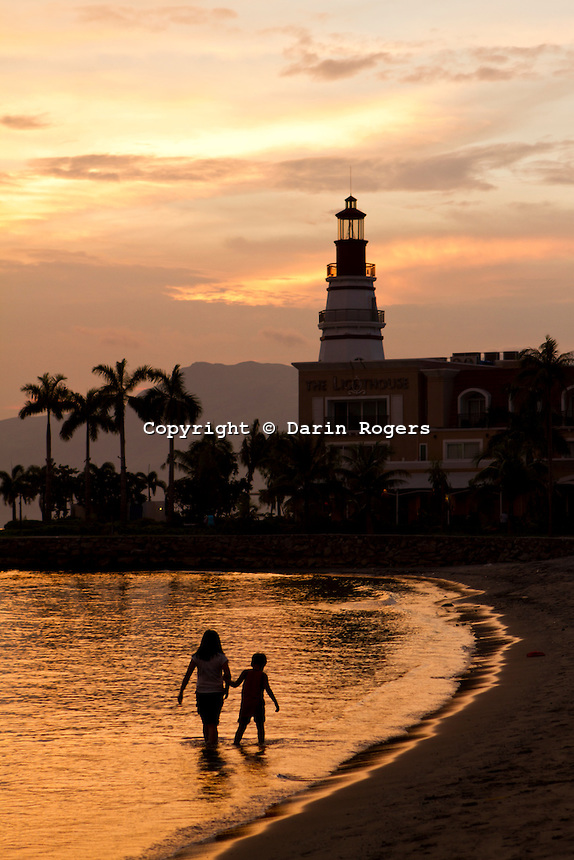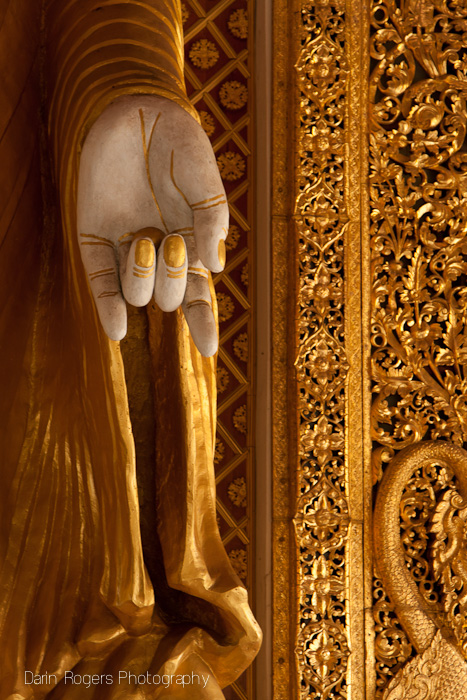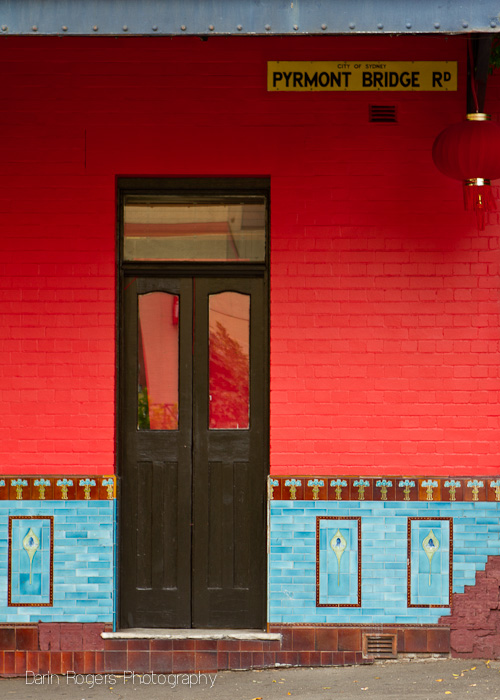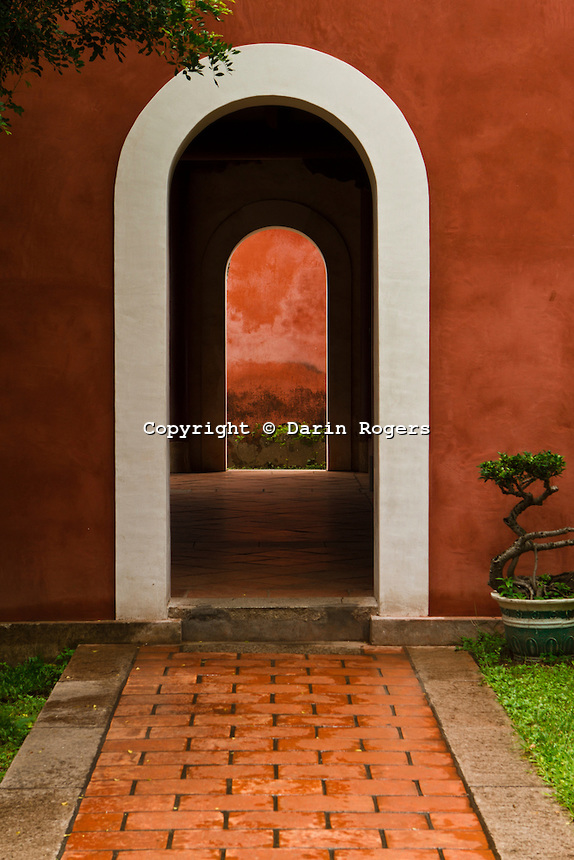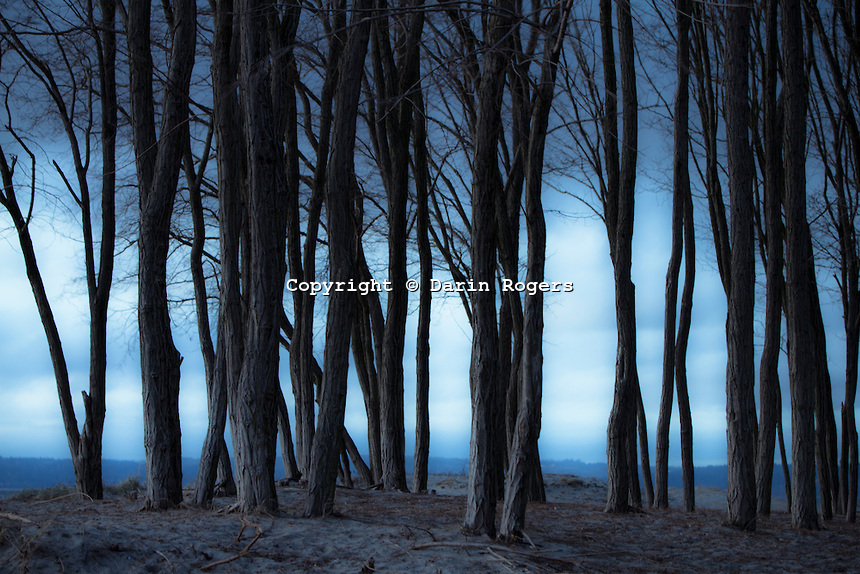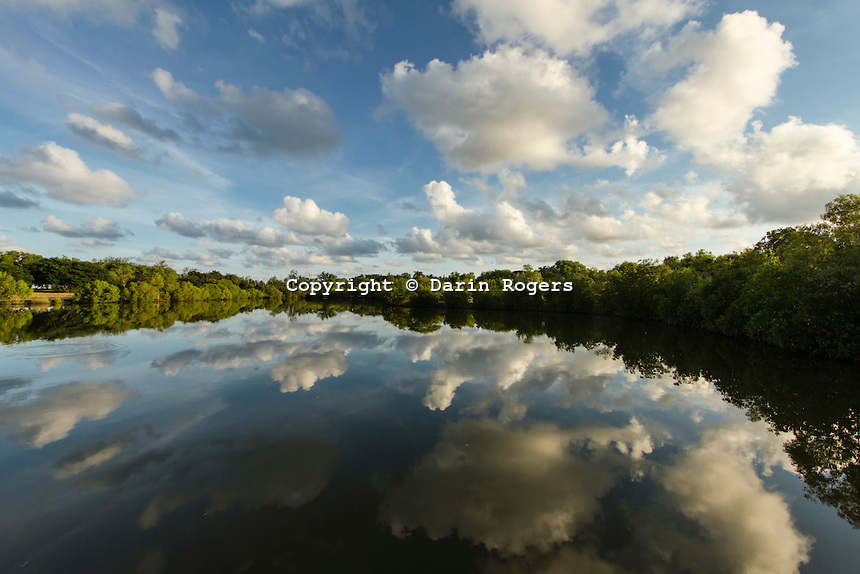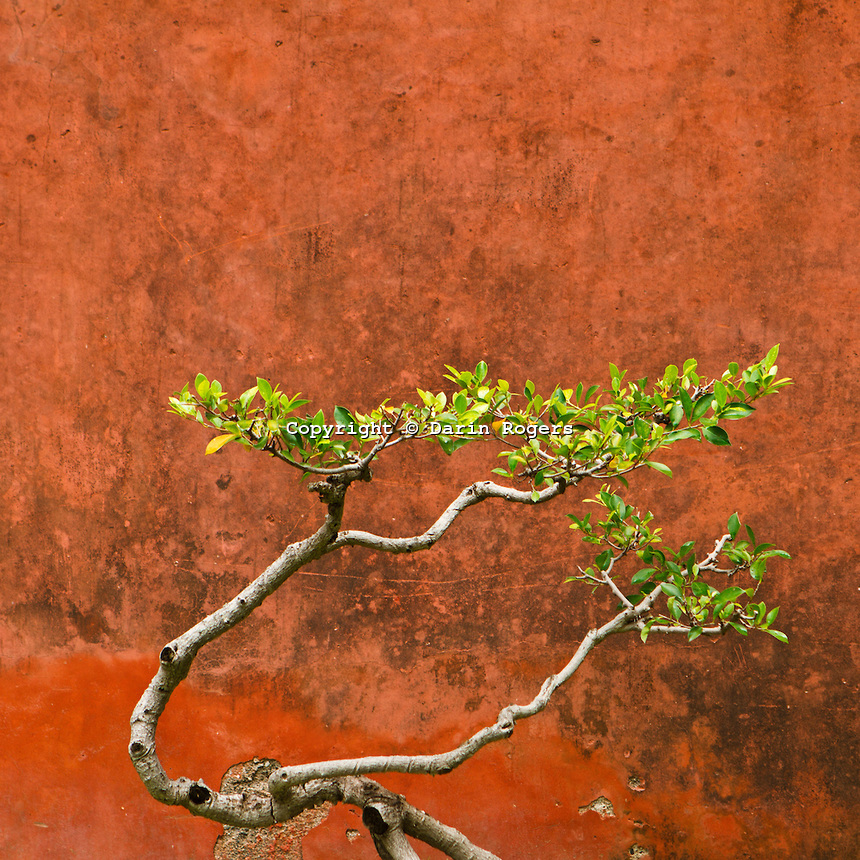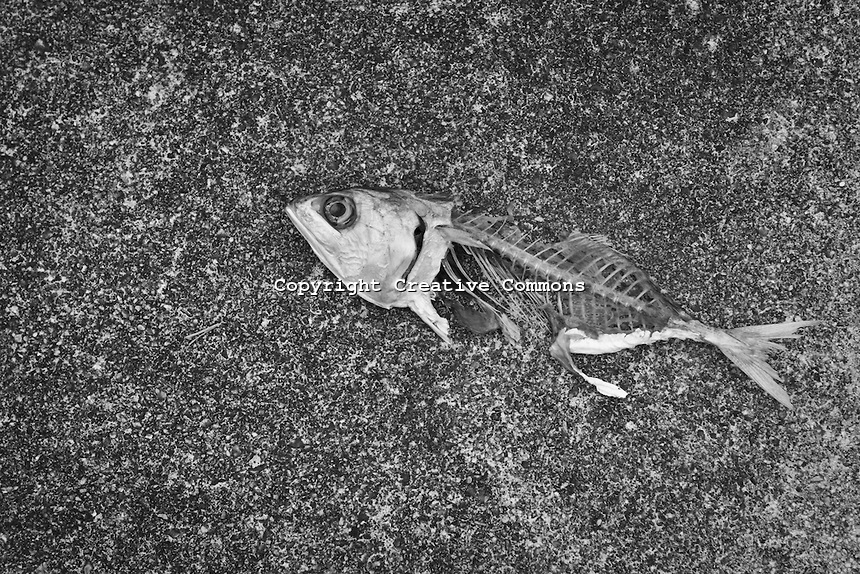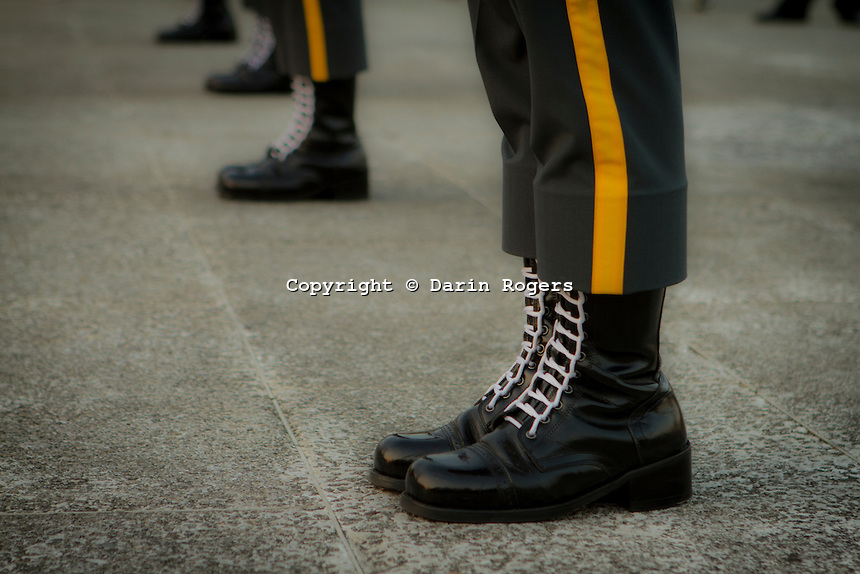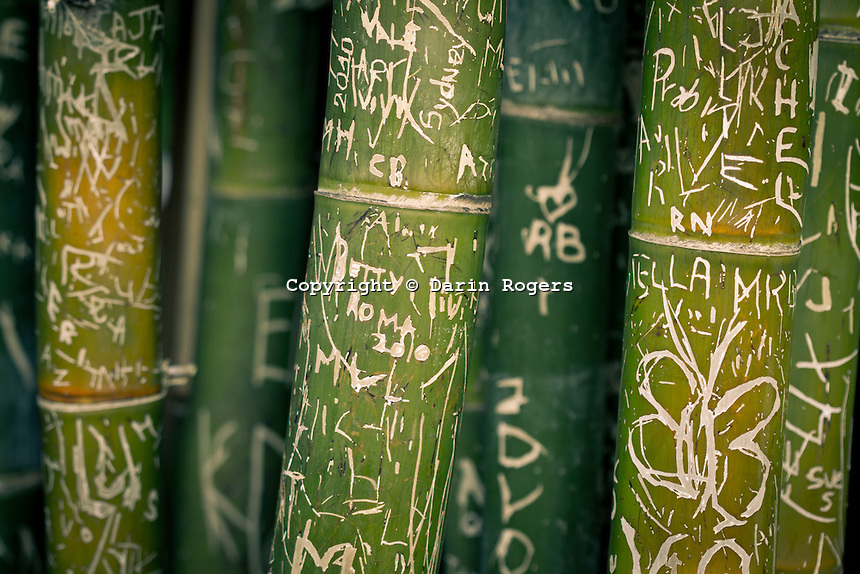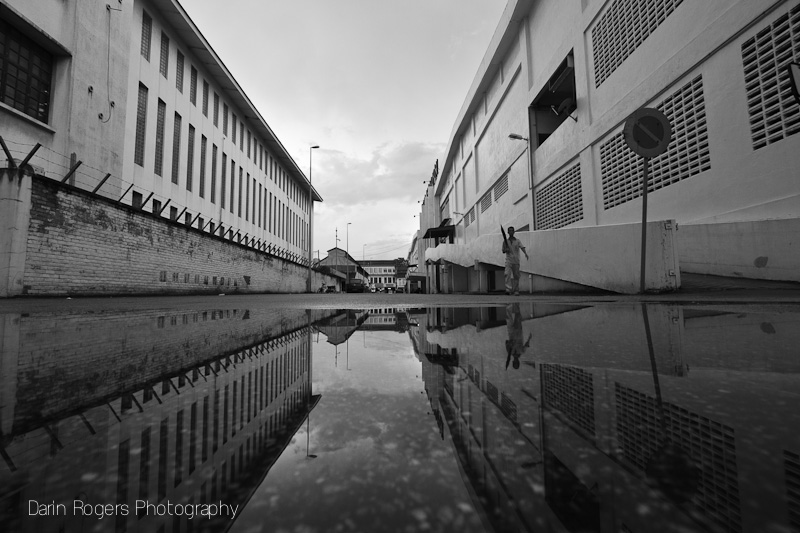PRO INTERVIEW : DARIN ROGERS
Darin Rogers is a photographer, writer, and part-time engineer. He specializes in travel, cultural, and landscape images. Originally from the Pacific Northwest, he is currently based in Darwin, Australia. You can see more of his work at www.darinrogers.net. Darin’s blog is a daily dose of inspiration for any travel photo enthusiast, and his e-Book Capturing the Journey: A Beginners Guide to the Basics of Travel Photography, should be mandatory reading for PicsArtists looking grow their travel photography skills.
“Just start shooting. Through the act of shooting itself, you’ll often find a creative spark emerge.”
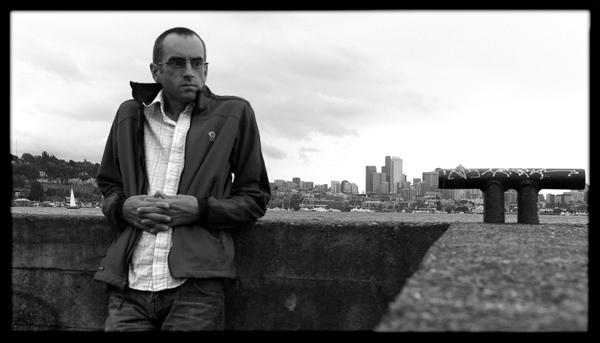
Q: Why are you a photographer?
I think most of us have a desire to express ourselves artistically in some way. I don’t consider myself to be particularly creative in the sense that I can see or make things up in my head and then make it happen in the camera or on a canvas (although I do try to challenge myself). But, I am good at seeing visually and photography allows me to capture what I see, express it in a creative way, and then share that vision with others. The wonderful thing about recent innovations in digital photography and with apps like PicsArt is that it allows anyone with a reasonably good smart phone to get creative and have fun with photography. It’s this ability to share my vision with others, to show them something they have never seen, or maybe something they have seen but in a different way, that is one of the reasons I am a photographer.
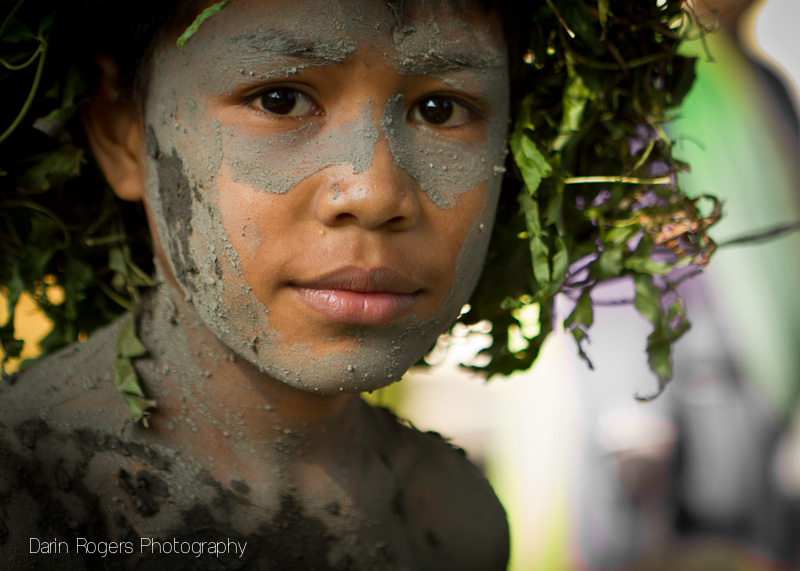
Q: How did you wind up with this dream job? Do you ever pinch yourself that you are getting paid to do what you love? How long did it take you before you started making money with photography?
Well, at this point I’m just a part-time, semi-professional. I make a little money on the side, but far from enough to live on, and I’m not entirely sure I want to go completely pro. On the one hand, there’s a sense of freedom that comes with being out on your own, but on the other hand, turning something that you love into a business can sometimes take a lot of the joy out of it. Life is full of compromises.
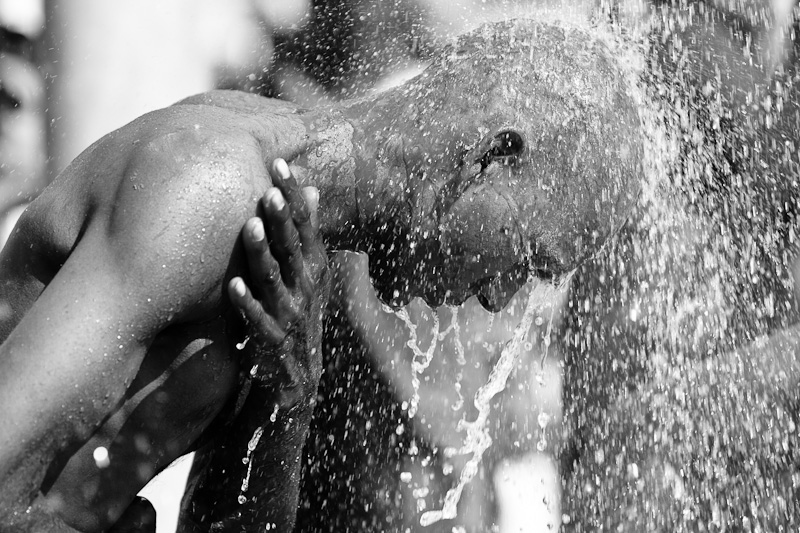
Q: How long did it take you to “get good” at what you do? Was it something that came naturally or something that took a lot of practice?
I’m still getting good. It’s a continual ongoing process that never stops and I think it’s important to keep striving to improve and learn. There’s always more to learn and if you stop learning, you stop growing as a photographer. While I think that some of us may have a natural eye for seeing which makes it easier for us, as I said in my eBook, anyone who wants to put in the time and effort, can learn to take better photographs.
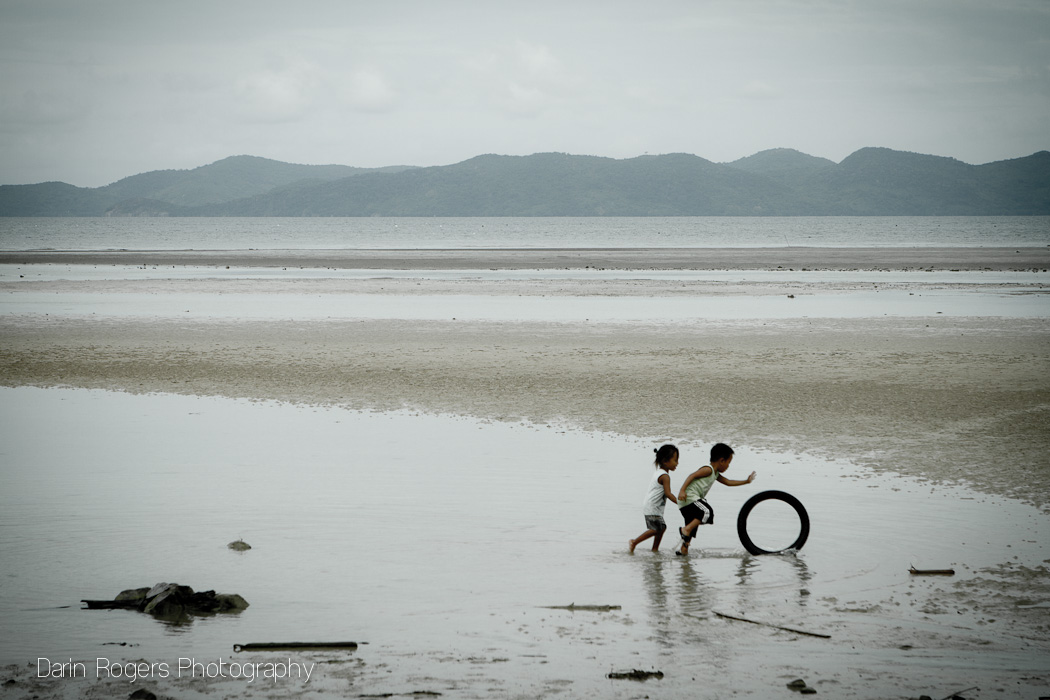
Q: What is the first thing you like to take a photo of when you arrive in a new destination?
Anything.Usually at a new destination it’s not difficult to find something different and interesting that catches your eye. However, there are times when, for some reason, you just have trouble ‘seeing’. We all occasionally have creative blocks, particularly when a place is not so new, like your home town. In this situation, try just pointing the camera at something, anything, and start taking photos. Don’t worry about whether it’s a great subject or not, or whether the composition is just right. Just start shooting. Through the act of shooting itself, you’ll often find a creative spark emerge.

Q: You have a great ability to vividly capture a community’s culture through the “everyday.” Do you have any tips on how to navigate cultural protocols, like when taking photos of people?
First off, do a bit of research and find out what those cultural protocols are before you arrive in a new place. Second, be a participant, not just an observer. Don’t just point, shoot, and walk away. Try to interact with the people you are attempting to photograph. I know this isn’t always easy, especially if there is a language barrier, but it doesn’t have to be a lot. A simple smile can open a lot of doors.
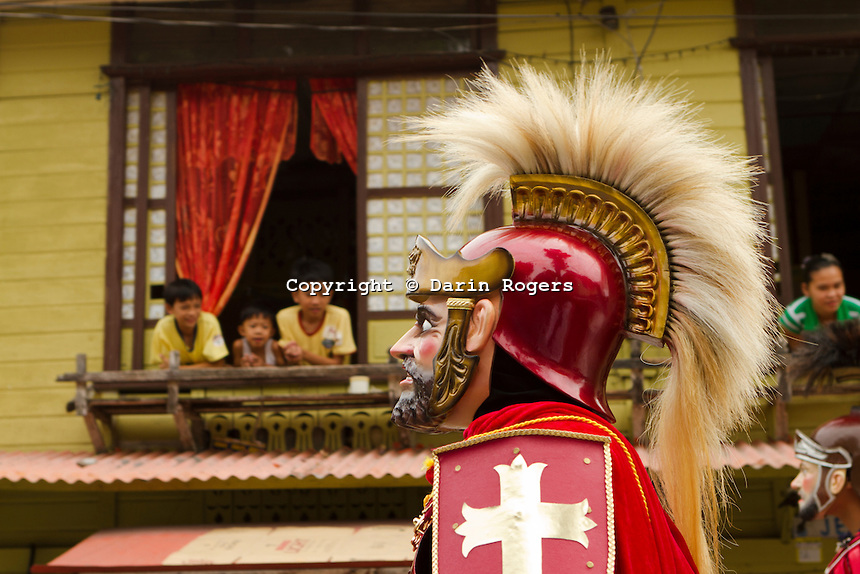
Q: In your book, Capturing the Journey, you mention that taking a photo is more than clicking a button to snap an image, it’s about how you compose the image, taking surroundings into consideration. What are some of the more surprising surroundings you’ve come across that have made a photo come to life?
One good example was actually at a large dry lakebed in South Australia, a wide open empty space with nothing to be seen for miles. It was a good illustrationin making creative use of your surroundings. On its own, the surroundings were not particularly photogenic or interesting, but by using something elseas the subject, or someone in this case, and making use of creative composition, I was actually able to create an interesting image that emphasizes the emptiness of the surroundings.
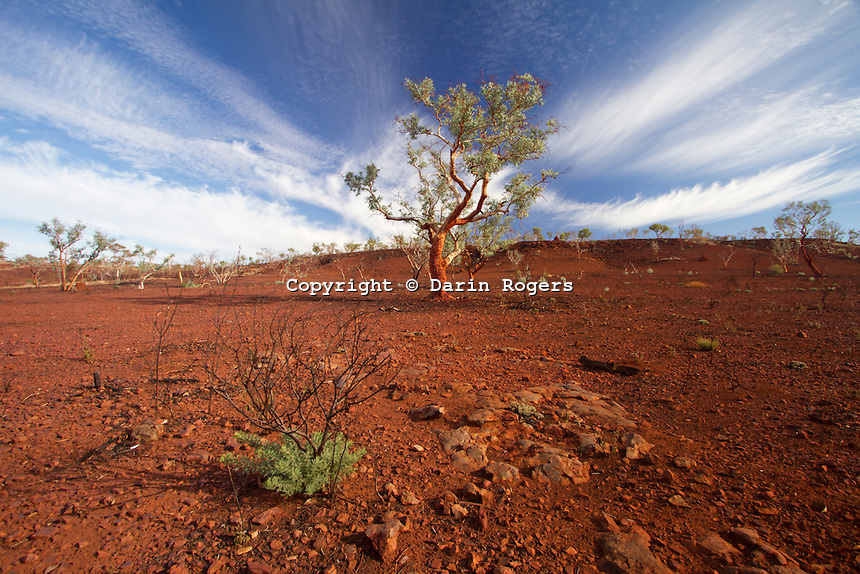
Q:Architectural photography is truly an art form. Do you have any recommendations for capturing a building? Do you consider its smaller details and surroundings?
Good architectural photography can be a lot more complex than many people realize. Although many components go into creating a good photograph of a building or architectural space, lighting is very important. As an example, beginner photographers often make the mistake of thinking that buildings, as well as city skylines, are best shot after dark because that’s when they are all lit up. But what generally happens is the building itself disappears into the black sky and you’re just left with a bunch of lights. And that black sky is boring. You are much better of going for the ‘magic hour’, the twilight time roughly a half-hour before it is truly dark when the natural ambient light is balanced with the artificial light of the buildings. You’ll still have some nice color in the sky and the building won’t get lost in an empty black background.
Q: What photo are you most proud of AND WHY?
It’s almost impossible to pick a single image that stands out as the one I’m most proud of. However, when I went back through some of my images considering this question, what ultimately stood out was the ones I’ve taken for friends and family. I’m not a portrait or studio photographer, and I’m sure that someone who specializes in that genre could do better than me. But, I’m still most proud of those images because of what they mean to the people I’ve photographed and the memories I’ve captured for them. And this is probably as good an answer as any for the reason why I’m a photographer.
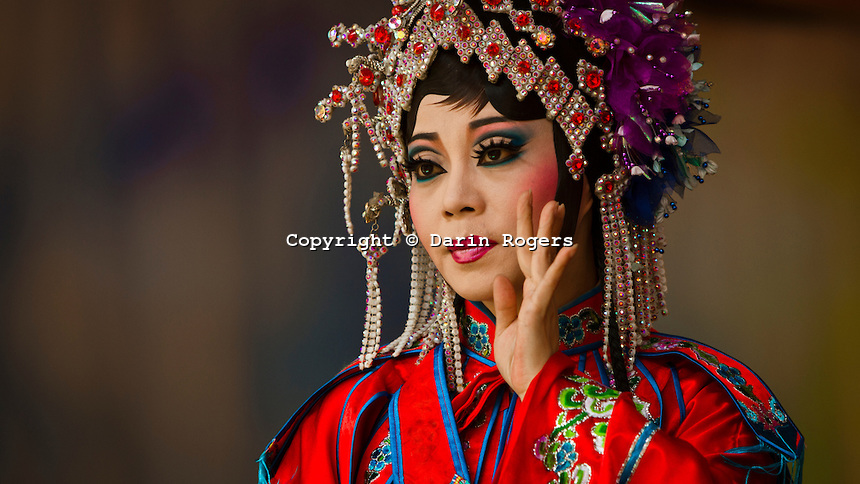
Q: What other sources do you go to for inspiration?
Chase Jarvis is always good for interesting blog posts photography related.David du Chemin is one of my favorites, not just because he does some wonderful photography, but also because he writes some incredibly inspiring blog posts.And, closer to home, Seattle photographer John Cornicello for his portrait work.
